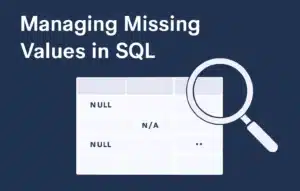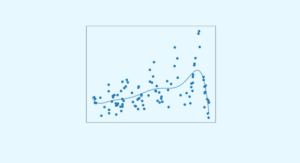
SQL LIMIT and OFFSET: Controlling Query Results
In most contexts, a table can contain thousands or even millions of rows. If you run a query that returns all records, it can overload
🚀 Think you’ve got what it takes for a career in Data? Find out in just one minute!

In most contexts, a table can contain thousands or even millions of rows. If you run a query that returns all records, it can overload

Missing values are one of the most common data quality issues. If not handled properly, they can bias your reports, skew insights, or hurt forecasting

Transforming physical world assets into “tokens” (cryptocurrency units) might appear quite unusual. In reality, we are witnessing the emergence of a market with immense potential.

Work-study programs in the data field in Paris are a premium pathway to gain hands-on experience while training in the most in-demand technologies. With the

Julia is a modern programming language that is both powerful and increasingly popular in the fields of data science, scientific computing, and artificial intelligence. Although

Python is currently one of the most popular and sought-after programming languages. Its straightforward syntax, versatility, and large community make it an ideal choice for

To define a predictive model, data scientists rely on multiple observations. However, while studying these observations leads to an optimal outcome, data experts often have

In a world where data lies at the core of strategic decision-making, business analytics and data analytics are often used interchangeably. However, these two disciplines

The role of a data analyst is increasingly attracting professionals who seek positions at the crossroads of technology and business strategy. The role involves collecting,

Business Analysis involves transforming complex data into clear and actionable recommendations. It plays a crucial role in the performance and competitiveness of businesses today. What

Have you ever read a SQL query with tons of subqueries and felt lost? Have you been in a situation where you found a SQL

SQL (Structured Query Language) is a standardized programming language used for managing and manipulating relational databases. In this context, SQL certifications provide official validation of

